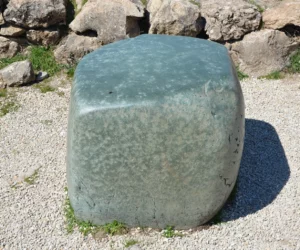A Journey into History and MysteryThe Hattusa Green Stone is a mysterious artifact that captures the imagination of visitors and historians alike. Found in the ancient city of Hattusa, the stone stands as a testament to the rich history of the Hittite civilization. This roughly cubic block of nephrite, a dark green mineral, sits in…
Ancient Artifacts
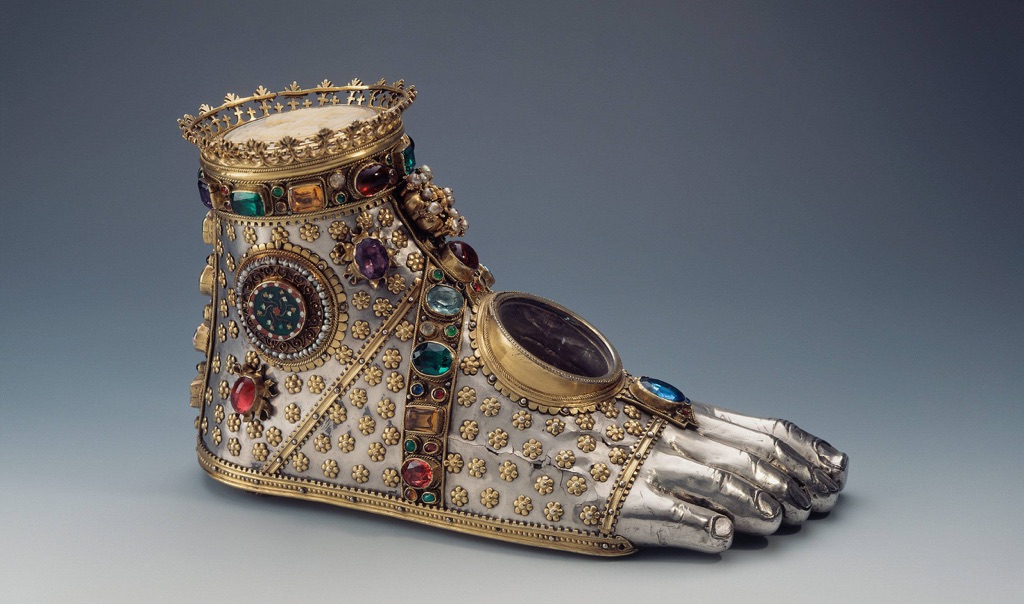
Moving to the East, ancient China artifacts like bronze vessels and oracle bones shed light on the rituals and governance of early Chinese dynasties. These artifacts highlight China’s long history of craftsmanship and written language. Similarly, ancient Egyptian artifacts are world-renowned, particularly for their funerary art, such as the treasures from King Tutankhamun’s tomb. These pieces reflect the Egyptians’ beliefs about death and the afterlife. Artifacts are not just old objects to be displayed in museums; they are keys to unlocking the secrets of human development across the ages. They preserve the ideas and values of people who lived thousands of years before us. Through careful study, they teach us about our collective history and heritage.
Among the most famous ancient artifacts in the world is the Rosetta Stone. Discovered in 1799, this granodiorite stele was the key to understanding Egyptian hieroglyphs—a script made of small pictures that was used originally in ancient Egypt for religious texts. The Rosetta Stone is inscribed with a decree issued at Memphis in 196 BC on behalf of King Ptolemy V. The decree appears in three scripts: the upper text is Ancient Egyptian hieroglyphs, the middle portion Demotic script, and the lower Ancient Greek. Because it presents essentially the same text in all three scripts, it provided the crucial link for scholars to decipher Egyptian hieroglyphs, thereby opening a window into ancient Egyptian history.
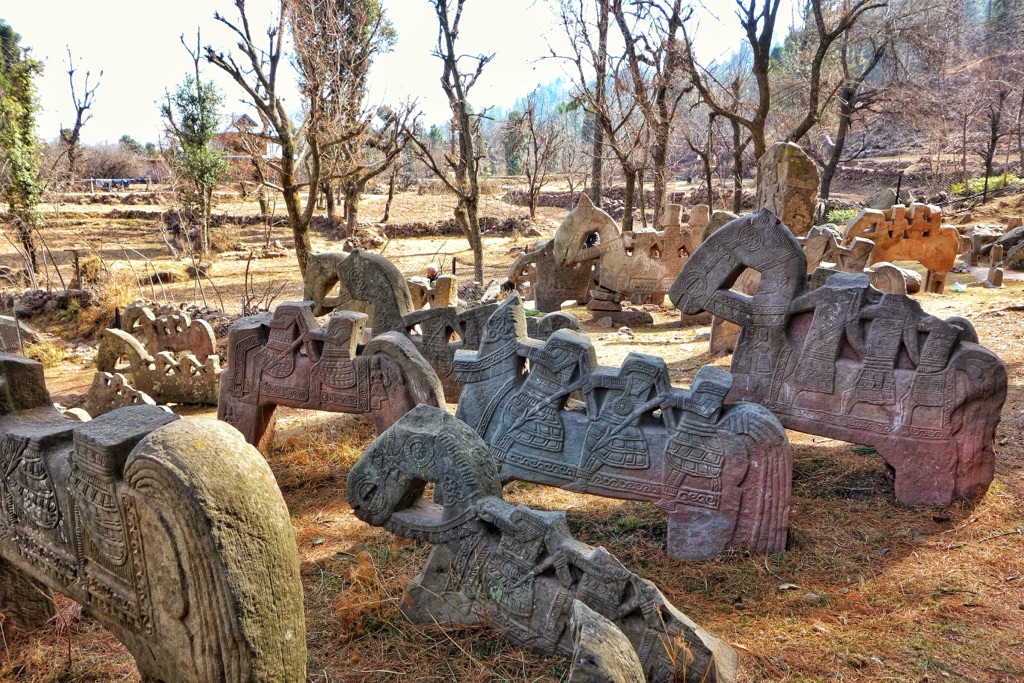
The title of the oldest artifact on earth goes to the stone tools found in Lomekwi 3, Kenya, which date back to 3.3 million years ago. These tools predate the earliest known humans and suggest that tool-making was a part of our pre-human ancestors’ way of life. These ancient tools mark a significant milestone in human evolutionary history, indicating the beginnings of technology and innovation. They are not just simple objects; they represent the dawn of human ingenuity and the very first steps towards the complex societies we have today.
An ancient artifact can be defined as any item made or used by humans in ancient times that has cultural, historical, or archaeological significance. These artifacts can range from monumental structures like the pyramids of Egypt to small, everyday objects like Roman coins. They can include items as diverse as weapons, clothing, and artwork. Each artifact, no matter its size or apparent significance, offers a glimpse into the lives of those who came before us, providing evidence of past behaviors, beliefs, and social structures.
Famous ancient artifacts not only include monumental finds like the Rosetta Stone or the treasures of Tutankhamun’s tomb but also the Terracotta Army of China, the Dead Sea Scrolls, and the Venus of Willendorf. The Terracotta Army, buried with the first Emperor of China, Qin Shi Huang, consists of thousands of life-sized figures meant to protect the emperor in the afterlife. The Dead Sea Scrolls, discovered in a series of caves near the Dead Sea, are ancient Jewish texts that offer invaluable insight into the history of Judaism and the early text of the Bible. The Venus of Willendorf, a small Paleolithic figurine discovered in Austria, dates back to about 28,000 BCE and is thought to represent fertility. Each of these artifacts, in its own way, has reshaped our understanding of human history, offering evidence of the complexity, diversity, and ingenuity of ancient civilizations.
List of Discovered Ancient Artifacts
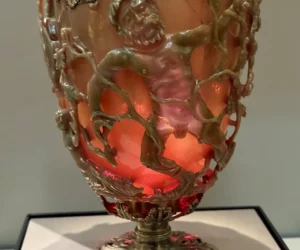
The Lycurgus Cup
The Enchanting Lycurgus Cup: A Roman Marvel of Glass and ScienceImagine a cup that transforms before your eyes, appearing emerald green from one angle and a fiery red from another. This captivating feat of ancient artistry is the Lycurgus Cup, a 4th-century Roman masterpiece crafted from dichroic glass.A Dazzling Display of ColorThe Lycurgus Cup stands…
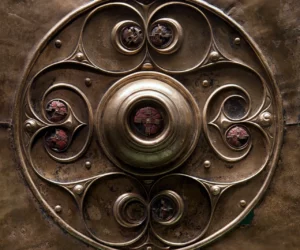
Battersea Shield
The Battersea Shield: A Masterpiece of Celtic Art UnveiledThe Battersea Shield, a remarkable artifact discovered in the River Thames, stands as a testament to the artistry and cultural practices of ancient Celts in Britain. Dating back to approximately 350-50 BC, though some experts suggest a possible extension into the early 1st century AD, it is…
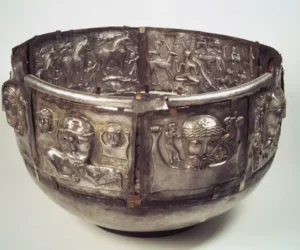
Gundestrup cauldron
A Window into Ancient EuropeThe Gundestrup cauldron, a stunning artifact of ancient Europe, continues to captivate historians and archaeologists. This richly decorated silver vessel, dating from 150 BC to 1 BC, stands as the largest known example of European Iron Age silver work. Discovered in 1891 in a peat bog near Gundestrup, Denmark, it now…
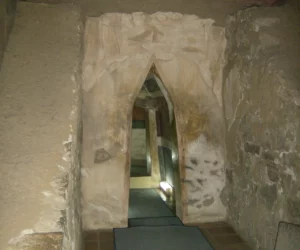
Thracian Tomb of Kazanlak
Overview of the Thracian Tomb of KazanlakThe Thracian Tomb of Kazanlak is located near Kazanlak, Bulgaria. It is a vaulted-brickwork “beehive” tomb. This site is part of a large royal Thracian necropolis. The necropolis lies in the Valley of the Thracian Rulers near Seuthopolis. Over a thousand tombs are in this region. The tomb dates…
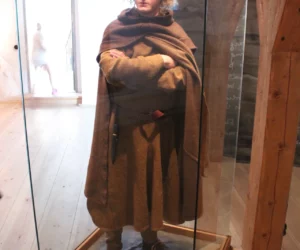
The Bocksten Man
The Mystery of the Bocksten ManDiscovery in the BogThe Bocksten Man is a medieval body found in a bog in Varberg Municipality, Sweden. This discovery, one of Europe’s best-preserved finds from that era, is displayed at the Halland Museum of Cultural History. The man had been killed and impaled at the bottom of a lake,…

